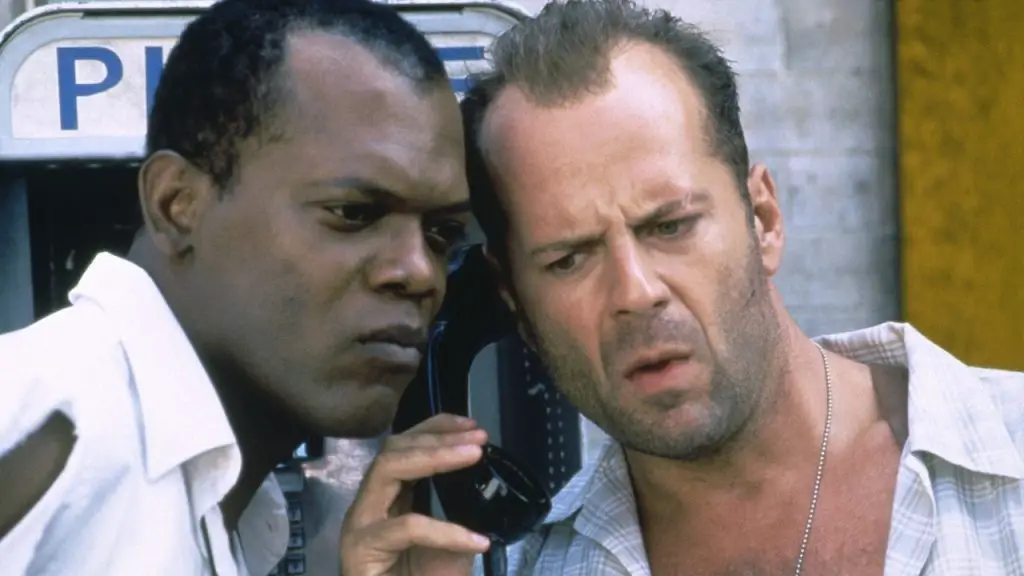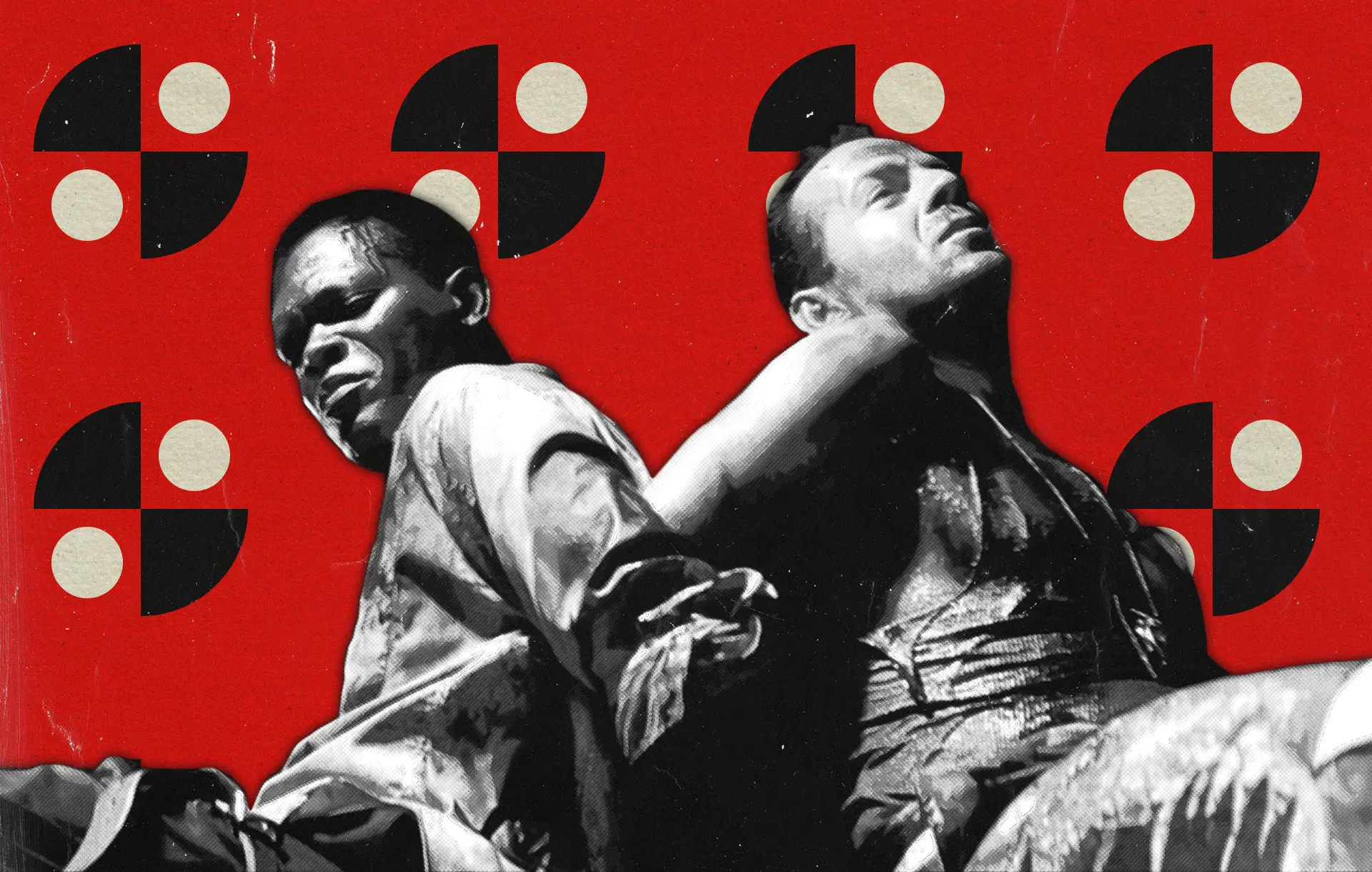Die Hard, released in 1988, is rightly considered both an American classic and probably the most influential and imitated action-adventure movie in history.
Seven years later – and 25 years ago this month – came Die Hard With a Vengeance, the third film in the series and by far the best of the four sequels. It represented the return of director John McTiernan, who made the first Die Hard but not the second, but one thing that’s notable about Die Hard With a Vengeance is just how different it is from the first movie.
The film makes as good a use of New York City locations as any action movie this side of The French Connection
The third Die Hard is set in New York, rather than Los Angeles, and also takes place all over the city, rather than in a central location, like in the first and second films. It’s also much funnier, and set in what appears to be the summertime rather than at Christmas.
And perhaps most importantly, while the original Die Hard was about a solitary hero, Die Hard With a Vengeance is a buddy comedy – in fact, a cross-racial buddy cop movie in the tradition of the Lethal Weapon and 48 Hours films, crossed with the ’90s action movie trope of the villain making complex demands of the heroes.

That’s what happens in Die Hard With a Vengeance, in which the villain is Simon Gruber (Jeremy Irons), the brother of the original Die Hard movie. The plot entails Simon simultaneously executing a pair of complex plans: To carry out a theft of billions in gold bullion, and to gain revenge on Willis’ John McLane, the man responsible for his brother’s death. And like his brother, Simon has retained a team of henchmen who exist to be picked off one by one.
Instead of just killing McLane immediately – which, considering how much dynamite Simon has collected, he could easily do – the villain instead puts him through a series of complex humiliations, one of which consists of parading through Harlem wearing a sandwich board bearing the phrase “I hate [racial slur.]” Local electrician Zeus (Samuel L. Jackson), fearing a deadly response from cops with “itchy trigger fingers,” rescues McLane, and the two spend the rest of the movie as unlikely partners.
This leads up to that famous business with the water jugs:
And eventually the duo is engaged in chase scenes around Manhattan, including one inspired bit involving a truck going through a tunnel – the film makes as good a use of New York City locations as any action movie this side of The French Connection. Die Hard With a Vengeance arrived a year after Pulp Fiction, in which Jackson and Willis both starred, although the two shared no scenes in that Tarantino film. But the two are just fantastic together, especially in the “hey, Zeus” scene:
One thing Vengeance has in common with the first Die Hard is that Bruce Willis spends the entire movie looking absolutely filthy. When Roger Ebert said of the actor in his Twelve Monkeys review that Willis’ character shows up in the present day “bruised, bleeding, and dripping sweat and mucus from every pore” and that “a large percentage of Bruce Willis’ film career has been spent in this condition,” I think he was talking about Die Hard With a Vengeance, which came out about six months before Monkeys.
The original Die Hard was based on Roderick Thorp’s 1979 novel Nothing Lasts Forever. There have since been four sequels to the first Die Hard, and an interesting thing about most of them is that they were originally adapted from novels or screenplays that weren’t originally envisioned as part of Die Hard. Die Hard 2 was based on Walter Wager’s novel 58 Minutes, while Die Hard With a Vengeance was based on a non-Die Hard script called Simon Says, by Jonathan Henseligh, while the next sequel, Live Free or Die Hard, was based on a script titled WW3.com. Only the fifth film, 2014’s A Good Day to Die Hard, was based on an original, John McClane-associated screenplay.
Not only is Die Hard With a Vengeance a great Die Hard movie that’s very different from the first one, it’s also the last good one.




